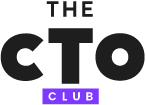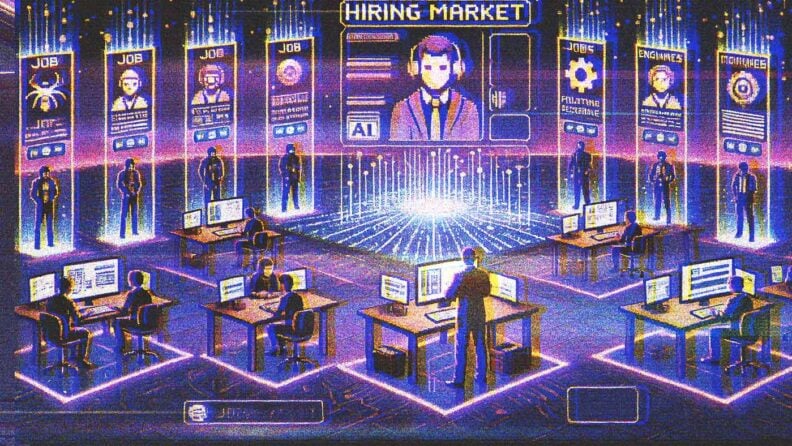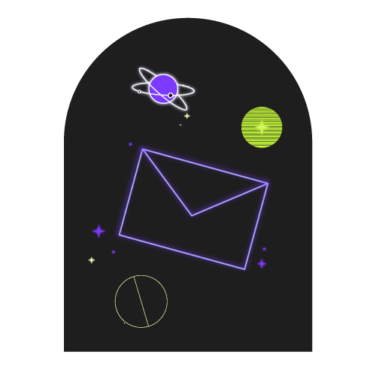A survey by Indeed reveals that 86% of hiring managers find recruiting tech talent challenging, with 36% citing a lack of qualified candidates. This talent shortage is not just a hiring hurdle; 83% of employers from that survey said the need for more tech professionals is stalling their innovation efforts.
Sarah Doughty, Vice President of Talent Operations at Talentlab, has firsthand experience helping businesses build and scale their engineering teams. She's seen how a single delayed hire can derail timelines and stunt growth, ultimately impacting a company’s ability to innovate."In a market like this, even a tiny gap in your talent pipeline can make or break your competitive edge," Doughty says.
"As the demand for top engineering talent continues to outpace supply, scaling SaaS companies are pressured to attract and retain the best of the best," claims Doughty. "The stakes are higher than ever for businesses hoping to stay ahead in a crowded market."
Let’s explore how to avoid these pitfalls and build a high-performing engineering team to propel your company’s growth and success.
Build a Strong Employer Brand
"A compelling employer brand differentiates a company from its competitors and significantly enhances its appeal to potential candidates," maintains Doughty. "Notably, 84% of businesses believe that a positive employer brand helps attract quality candidates."
Doughty continues, "Companies with a strong employer brand experience a 50% reduction in cost-per-hire, underscoring the financial advantages of investing in employer branding."
By sharing a clear, compelling mission and workplace ethos, organizations can stand out amid fierce competition and attract the engineering talent that powers innovation and growth.

Why Does Your Employer Brand Matter?
Building a strong employer brand hinges on two essentials: genuine respect for employees and leaders who’ve earned credibility.
Right now, "faith in corporate leadership sits at a historic low—Gallup shows only 23% of U.S. employees trust their organization’s top brass. This trust gap can spell serious trouble for businesses, triggering issues," says Doughty, including:
- Decreased employee engagement
- Higher turnover rates
- Diminished organizational performance
"Addressing this trust deficit is crucial for leaders aiming to build a marketable employment culture that will attract and retain top talent," continues Doughty.
Trust and Transparency
One effective way to build trust is by explaining why certain business decisions are made—helping employees see how their day-to-day work aligns with the company’s overall mission.
"Hosting town hall-style meetings where leadership explains the direction and overall goals can go a long way toward building (or rebuilding) trust across multiple levels of the organization," suggests Doughty.
Beyond that, open communication channels, regular Q&A sessions with leaders, and opportunities for cross-functional collaboration all help reinforce a sense of shared purpose.
When employees know they’re heard and understand how their contributions matter, they’re more engaged and committed to driving organizational success.
Craft a Winning Recruitment Strategy
Don’t just post a job ad and hope for the best—invite candidates to experience real-life challenges your team tackles daily. What would make you stand out?
- Hosting mini hackathons or short project trials where potential hires can collaborate with current engineers, letting them “test drive” the role while you gauge their teamwork and problem-solving skills.
- Creating personalized candidate journeys, pairing each recruit with a mentor or future teammate to foster deeper connections from day one. Mixing practical experience with human touchpoints will help you spot the right fit and make your organization memorable in a crowded talent market.
Hiring Process
Make your hiring process fast and personal to land the best engineering talent. Engineers will tune out if communication drags—70% of job seekers say they lose interest if they don’t hear back within a week.
Beyond that, drawn-out interviews weigh heavily on teams already juggling extra work, and they can waste hours of interviewer time screening candidates who never cross the finish line.

Unique Job Perks
Think beyond the standard menu of healthcare and retirement plans—offer benefits that speak to your team’s personal and professional passions.
For instance, set up an annual “innovation fund” that grants employees a budget to pursue side projects, attend specialized conferences, or invest in new tech gadgets they’ve been itching to try.
You could also incorporate flexible sabbaticals where engineers can step away to recharge or focus on a passion project, returning with fresh ideas.
'Employee-specific’ job offers can make all the difference. Allowing individuals to tailor their benefits package goes a long way, too; when employees can pick and choose what suits them, they’re far more likely to stick around and thrive.
"Remote work is at the top of many talented tech candidates' priorities," asserts Doughty. "This idea of flexibility is interconnected with lower trust in corporate leadership. A recent survey indicates that 90% of CEOs regularly work from home, highlighting the prevalence of remote work among top executives. Many tech workers question why the freedom extended to managers and leaders isn’t available to them."
Doughty continues, "Regardless of job level, we all like to believe our efforts and input are significant to the organization's overall success. That kind of engagement motivates engineers to go above and beyond during crunch periods requiring technical staff to work long hours or quickly solve particularly complex challenges."
"Providing offers that allow employees a good work-life balance and the freedom to work remotely, as needed, is a powerful tool in engaging top talent."
Retain Top Talent
Bringing top engineering talent on board is only half the story; the real challenge is ensuring they stick around. Consider some of these unconventional tips for retaining top talent:
- Team Swap Weeks: Let employees temporarily join a different squad to learn new skills, spark fresh ideas, and see the company from another angle. It reinvigorates their routine and makes them feel more connected.
- “Create-Your-Own-Role” Projects: Encourage top performers to pitch and develop mini initiatives they’re passionate about. Not only does it nurture innovation, but it also gives them a sense of ownership and personal investment.
- Real-Time Recognition: Instead of standard monthly awards, encourage on-the-spot appreciation—whether it’s a quick Slack shoutout or a spontaneous coffee delivered to their desk when they’ve hit a milestone.
- Skill Quests and Learning Pathways: Offer special “quests” that focus on everything from advanced coding to public speaking, complete with fun badges or achievements. Employees get tangible evidence of their progress and a more gamified learning experience.
- “Unconference” Days: Dedicate time for employee-led workshops where anyone can host a session on a topic they’re passionate about—technical or not. This cross-pollination of ideas keeps engagement high and teams cohesive.
Create an environment where talent is recognized so people will be genuinely excited to stay for the long run.
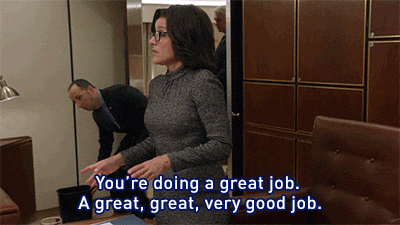
Unconventional Retention Strategies
According to Doughty, "CTOs are uniquely positioned to implement unconventional retention strategies that go beyond the typical HR or operations tactics."
As a CTO, you control how technical work is done and how teams and workflows are structured. Many decisions you make can cost far less than large HR initiatives but have a significant impact on employee engagement.
"Unfortunately," Doughty adds, "many CTOs overlook the potential influence they have on this area. Consider embracing some unconventional approaches that traditionally fall under the CTO’s domain."
Boost retention with the following unconventional strategies:
- “Skunkworks” Sprints – Dedicate a few days each quarter for teams to explore passion projects, emerging tech, or wild ideas that might never make it onto the official roadmap. Even if these experiments don’t become products, they keep engineers curious and excited.
- Architecture ‘Open Table’ – Host weekly mini-sessions where anyone—junior or senior—can propose architectural improvements or discuss new tools. You’ll uncover valuable insights, give budding leaders a spotlight, and foster a culture that values every voice.
- Technical Mentorship Mashups – Pair veterans with newcomers in short-term “mentorship bursts” focused on a specific skill or domain. It’s less formal than long-term mentoring but still provides rapid knowledge transfer and helps forge new connections across the organization.
- Public Code Reviews – Encourage open, cross-team code reviews in a collaborative space (like a “review café” on Slack). It removes silos, improves code quality, and shows that continuous learning and feedback are baked into the culture.
- Community Contributions – Provide scheduled time for engineers to work on open-source projects or internal tools that can be shared externally. Contributing to the broader tech community keeps developers inspired and sharpens their problem-solving skills.
- Create Innovation Labs – "Set up dedicated spaces or ‘labs’ for engineers to work on personal projects or explore new technologies outside their regular tasks," suggests Doughty."This isn’t necessarily a new concept; Google and Spotify have publicly admitted to using these strategies. They believe this promotes innovation and increases the chance of breakthrough innovations that could benefit the organization. Plus, it’s a great way to foster passion around technical and personal development."
- Focus on a Results-Oriented Work Environment – Doughty suggests "offering a flexible and results-driven approach for tenured employees and senior engineers. A results-oriented work environment, or ROWE, shifts focus from hours worked to focusing on outcomes. As long as the outcome goal has been reached, the number of hours invested is insignificant. This approach has proven successful in several large companies, such as HP, American Express, and Netflix, which have seen the best results when applied to technical engineering teams."
- Gamify the Work Environment – Make education more engaging, "especially for junior engineers or recent graduates on a longer training path," says Doughty."Implement an internal leaderboard for coding challenges or create an open source contribution contest. Reward engineers with badges, Slack recognition, or real-world prizes for completing training tasks. Gamification has proven successful in recruitment, so why stop at hiring?"
Because these strategies live within a CTO's technical domain, they can often be rolled out with minimal costs and a significant impact on team morale and engagement.
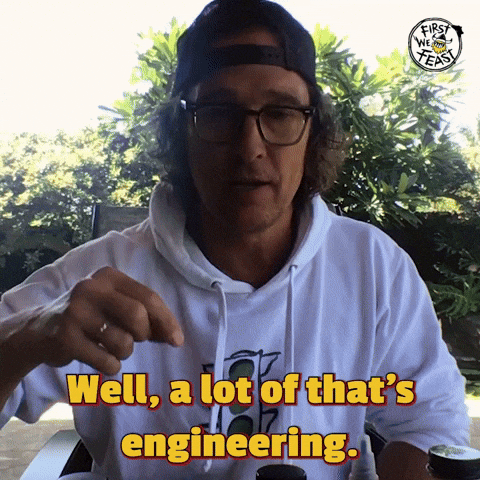
What’s Next?
Winning the battle for top engineering talent comes down to creating a place where people are excited to do their best work. That means being transparent about decisions, offering real opportunities for growth, and challenging folks with projects that push their skills.
When you pair these fundamentals with fresh approaches, you’ll set your organization apart without emptying the budget. It's pretty simple when you break it down – build a genuine culture where engineers feel valued, supported, and driven to stay for the long haul.
Subscribe to The CTO Club’s newsletter for more talent retention tips!
